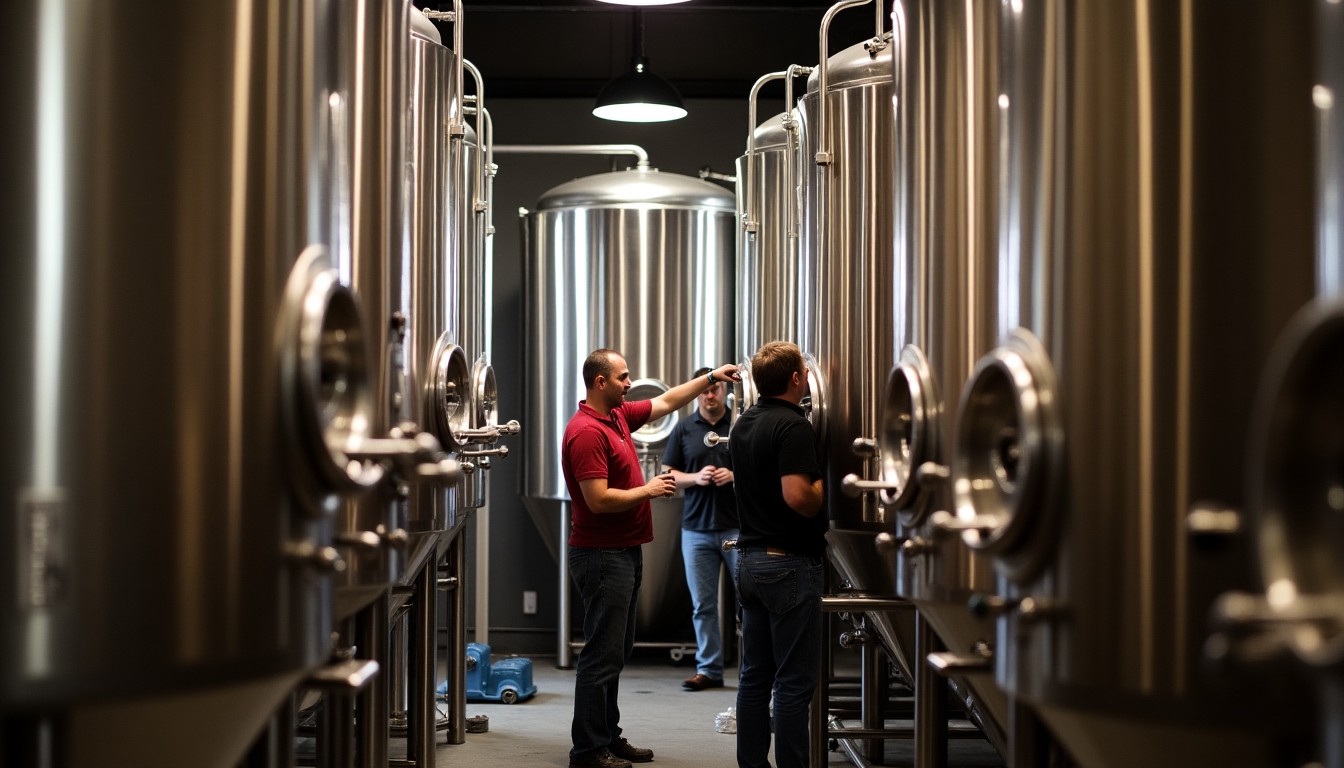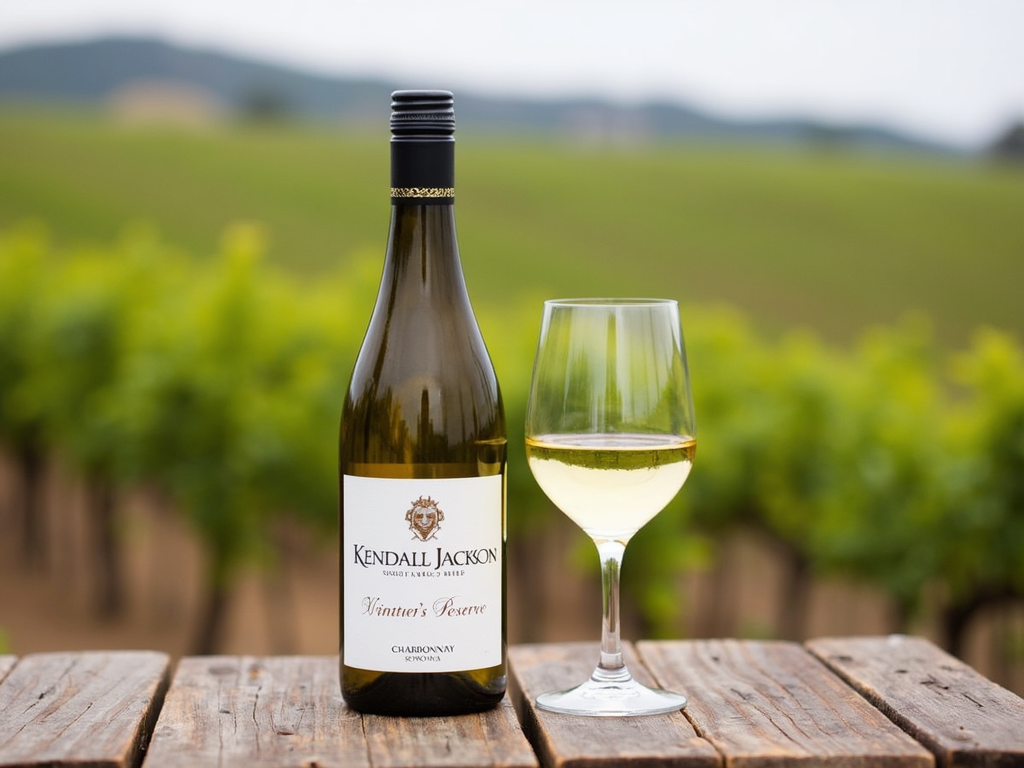The Art of Winemaking in California
Overview
California’s winemaking is a celebration of diverse landscapes and bold innovation. From Sonoma County’s lush vineyards to Napa Valley’s rolling hills, winemakers create bottles bursting with flavor and personality. This article dives into The Art of Winemaking in California, uncovering its history, process, and standout wine brands.

A Brief History of Winemaking in California
Winemaking in California kicked off in the 1700s when Spanish missionaries planted vines for church wine. Things really took off during the Gold Rush, when European settlers saw the state’s potential and started growing grapes. By the late 1800s, the industry was booming.
Then came Prohibition in 1920, which hit hard. Many vineyards shut down, but a few clever ones survived by making grape juice or sacramental wine. After Prohibition ended, visionaries like Robert Mondavi sparked a revival. A turning point came in 1976 during the Judgment of Paris, when California wines outshone French ones in a blind tasting. Today, California makes over 80% of U.S. wine, cementing its global reputation.
California’s Unique Terroir
What makes California wines special? It’s all about terroir—the mix of soil, climate, and geography. The state’s got it all: foggy coasts, sunny valleys, and everything in between. This variety lets growers raise all kinds of grapes, from bold Cabernet Sauvignon to delicate Pinot Noir.
Take Sonoma County. Its cool breezes and volcanic soils create The Rich Flavors of Sonoma County Wines—think bright fruit and a crisp finish. Napa Valley, just next door, basks in warmer sun, perfect for rich, full-bodied reds. The Central Coast, meanwhile, balances both worlds. Each region shapes its wines like an artist shapes clay.

The Winemaking Process
Winemaking starts long before the bottle. It begins in the vineyard, where growers watch the vines like hawks. They check soil moisture, prune branches, and wait for the perfect moment to pick the grapes—usually by hand to keep only the best.
Once harvested, the grapes head to the winery. There, they’re sorted, crushed, and set to ferment. This step turns sugar into alcohol, and it’s where the magic happens. Winemakers choose between steel tanks for a fresh taste or oak barrels for deeper, woodsy notes. UC Davis’s viticulture experts explain how temperature and timing shape the final flavor.
After fermenting, the wine ages—sometimes for months, sometimes years. Then it’s blended, bottled, and shipped out. Every choice along the way reflects the winemaker’s vision.

Spotlight: The Rich Flavors of Sonoma County Wines
Sonoma County is a winemaker’s playground. Its mix of cool fog and warm days grows grapes with intense, balanced flavors. Pinot Noir from here bursts with cherry and spice, while Chardonnay offers creamy richness.
Wineries dot the landscape, each with its own style. Some use old-school methods, letting nature take the lead. Others experiment with new tricks to stand out. Visiting Sonoma feels like stepping into a living story—every glass tells you about the land and the hands that made it.

Jackson Family Wines: Crafting the Best
When it comes to top wine brands, Jackson Family Wines shines bright. Started by Jess Jackson in 1982, this family-run outfit focuses on quality over quantity. They’ve got vineyards all over California, from Sonoma to Santa Barbara, and they’re big on keeping the land healthy.
Their best wines from Jackson Family Wines include the Kendall-Jackson Vintner’s Reserve Chardonnay—a smooth, buttery favorite—and the La Crema Sonoma Coast Pinot Noir, packed with red fruit. They also make Stonestreet Cabernet Sauvignon, a bold red from Alexander Valley. Sustainability is their thing too, with solar power and water-saving tricks in play.

The Future of Winemaking in California
California’s wine scene keeps evolving. More wineries are going organic, skipping chemicals for natural growing methods. Others use tech—like drones to check vines or apps to track weather—making better wine with less guesswork.
But it’s not all smooth sailing. Rising temperatures from climate change mess with grape seasons, forcing growers to adapt. Some are trying new grape types that handle heat better. Even with these hurdles, California wines stay popular for their variety and quality.

Summary
The Art of Winemaking in California blends history, craft, and a love for the land. From Sonoma County’s vibrant flavors to the standout bottles of Jackson Family Wines, every step reflects care and creativity. Whether you’re sipping a bold red or a crisp white, you’re tasting California’s story—one glass at a time.